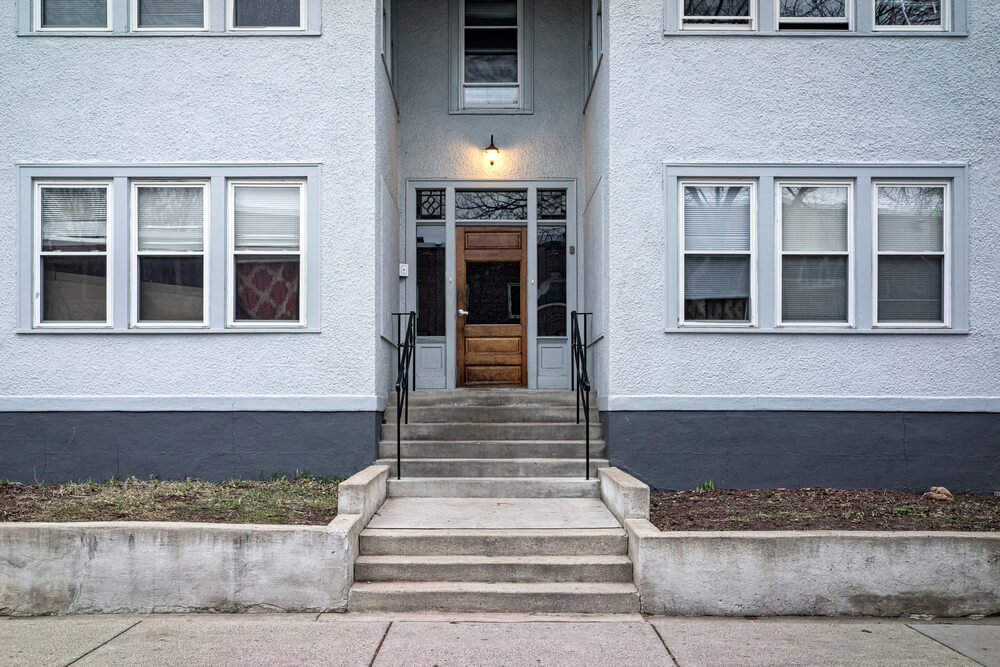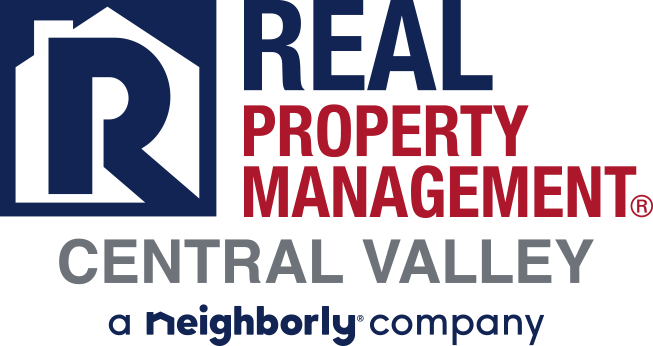Normal vs. Abnormal Wear And Tear – What’s The Difference?

During the process of owning rental properties in the Central Valley, or elsewhere across the United States, landlords will have to determine the difference between normal and abnormal normal wear and tear.
This is by far one of the most important questions that landlords have to deal with on an annual basis because, when tenants move into rental property, they are going to want to have their security deposit returned to them.
Landmarks in California have 21 days to return a tenants security deposit but, before they can return that deposit to the tenant, they must inspect the rental property and determine if the condition that the rental property has been left in can be classified as normal wear and tear, versus add normal wear and tear.
Understanding Wear And Tear
Typical definition of ordinary wear and tear is:
“That deterioration which occurs based upon the use of which the rental unit is intended and without negligence, carelessness, accident, or misuse, or abuse of the premises or contents by the Tenant or members of his/her household, or their invitees or guests.”
In other words, ordinary wear and tear is the natural and gradual deterioration of the home over time, which results from a Tenant’s normal use of the property.
For example, the carpeting in a property, or even the paint on the walls, wears out in the normal course of living. Carpets become threadbare, and paint may fade or peel. Even the most responsible Tenant can’t prevent the aging process, and a Court won’t make the Tenant pay for damages resulting from that process.
WHAT IS NOT ORDINARY WEAR AND TEAR?
A Manager can make a Tenant pay for damages if the Tenant helped the aging process along or didn’t use the home in a normal way. A carpet worn from people walking on it is something you have to expect. But a Tenant who cuts a hole in the carpet or spills paint on it may be held responsible for the damage.
How can you tell what is and isn’t ordinary wear and tear? There are three basic types of damages caused by a Tenant that aren’t considered ordinary wear and tear.
1. Negligence. If a Tenant does something carelessly that the Tenant should have known would cause damage or if the Tenant failed to do something that the Tenant reasonably should have done to prevent damage, that’s negligence.
In short, did the Tenant act prudently to preserve the property? – Failure to warn. Another form of negligence is where the Tenant fails to take steps that could prevent damage to the property. Even the reasonable wear and tear exception shouldn’t insulate a Tenant from responsibility if the Tenant fails to let the Property Manager know when something goes wrong in the home that might later result in worse damage.
For example, if a window pane is cracked because of a faulty foundation, that’s not the Tenant’s fault. But if the Tenant doesn’t tell the Manager that the crack is letting in water and the carpet below the window gets water damaged, then the Manager may be able to argue that this extra damage was caused by the Tenant’s failure to inform the Manager of the problem.
2. Abuse/misuse. If the Tenant knowingly or deliberately mistreats the property, or uses it for the wrong purposes, the damage the Tenant causes isn’t ordinary wear and tear – it’s abuse or misuse.
For example, did the Tenant slide furniture over an unprotected floor, causing gouges? Or did the Tenant discolor the bathtub by using it to dye fabrics? Was the Tenant an artist who failed to cover the floor as the Tenant painted, leaving permanent stains on the carpet? Did the Tenant paint the walls of the home without the permission of the Manager, or fail to paint them back if instructed?
One court decision said a Tenant had to pay for leaving an apartment carpet mutilated in an area around a wet bar, damaged by rust and mildew stains from plant containers, and covered with cigarette burns – some clear through the pad.
3. Accident. Sometimes damage occurs by mistake. The Tenant’s party guest drops a drink on the new carpet, staining it. Or, the Tenant drops a heavy planter and cracks the tile floor. Or the Tenant’s cleaning the light and the fixture falls and breaks. Or the Tenant accidentally leaves the bathtub faucet on, flooding part of the home and staining wood floors and carpeting.
Even though the Tenant didn’t purposely damage your property, the Manager will be able to withhold the cost of repair from the security deposit.
Other Factors
In evaluating whether property damage exceeds ordinary wear and tear, there are some other factors to keep in mind.
- Extent of damage. The exact type of damage may be as important as the extent of the damage when evaluating whether it’s ordinary wear and tear or not.
For example, two or three small nail holes in a wall may be considered ordinary wear and tear. But dozens of nail holes may be considered abuse. A light scratch on a wood floor may be unavoidable. But a missing wood plank is negligence or abuse. - Length of residence. Certain things wear out over time. But over how long? The ordinary wear and tear on a home from a Tenant who’s lived there only a short time should be considerably less than that of a Tenant who’s lived there for a long time. Say you installed new carpet before renting a property. It may be reasonable to expect that if a Tenant lives there 10 years before moving out, everyday usage would leave it somewhat damaged.
But if a Tenant moves out after only three months and the carpet is ripped and stained, that’s unreasonable, and the Manager can charge the Tenant for the damage. - Character and construction of building. An older building may be expected to undergo greater and more rapid deterioration than a newer building.
For example, wooden windowsills in an older building may dry out, rot, or crack over time through no fault of the Tenant. But if the building is new, it unlikely that the windowsills would crack with-out some carelessness on the Tenant’s part (e.g., standing on the windowsill to put up drapes).
Contact RPM Central Valley
For more property management tips, or to speak with us about the property management services that we can offer you, contact us today by calling (209) 572-2222 or click here to connect with us online
